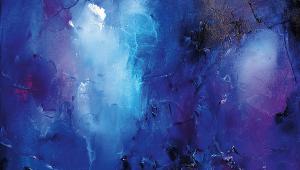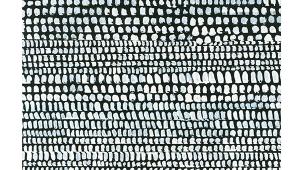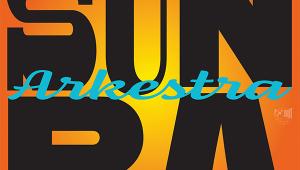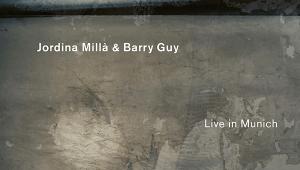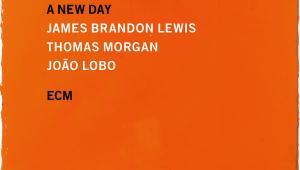Hi-Res Downloads, March 2020
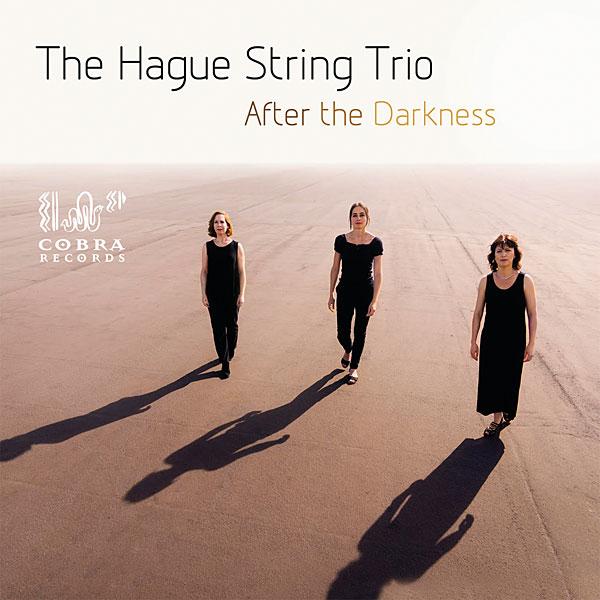
 Hague String Trio
Hague String Trio
After The Darkness (DXD; DSD64-DSD256)
www.nativedsd.com; COBRA0065
This set takes its title from Elie Wiesel's narrative of his experiences during the Holocaust, as we have just marked the 75th anniversary of the liberation of Auschwitz, and the majority of the works here are by composers who died at the hands of the Nazis. Yet despite that background, and the dark opening of Hans Krása's 1944 Passacaglia & Fuga, this set soon develops into a celebration of these composers, not just a memorial to them. The Hague String Trio has a wonderful fluidity and tension to its playing, whether in the rhythmic – and all too short – Krása fugue, written in the Terezín ghetto, or Dick Kattenburg's Trio à Cordes, here receiving its world premiere recording. The trio is well-served by a close-focused, intimate and rather dry recording by Tom Peteers (Renswoude, The Netherlands), throwing all the attention on the quality of the playing and music-making to fine effect. AE
Sound Quality: 90%
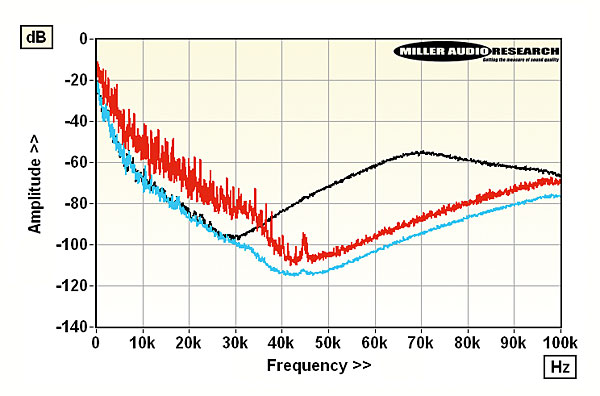
Lab Report
Recorded in DSD256 on Merging Technologies hardware, this file is also available in DXD format. The DSD128 downsample [red, peak; cyan, RMS] is preferable for its added bandwidth over the smaller DSD64 file [black]. PM

Philharmonia Zurich/Fabio Luisi
Schubert: Symphony No 9 (96kHz/24-bit, FLAC)
www.highresaudio.com; Philharmonia Records PHR0111
This Philharmonia is the orchestra of Zürich Opera where Fabio Luisi is currently Music Director. His purely orchestral discography with them includes two Bruckner Symphonies, Berlioz, Rachmaninov, Rimsky-Korsakov, Wagner and Verdi. This proves a more convincing Schubert Ninth than the recent SCO/Linn [HFN Mar '20], with Luisi's treatment of the huge gap after the slow-movement climax reminiscent of the great 1951 Furtwängler interpretation [DG]. His perky opening con moto tempo is never quite restored, which is a convincingly logical decision. With the huge finale repeat taken, there's a danger of the music becoming repetitious, but not here, the momentum carries you through until the end – which has a sustained last chord (a questionable whim). I liked the sombre darkness to light introduction and this is a well balanced and detailed recording. CB
Sound Quality: 85%
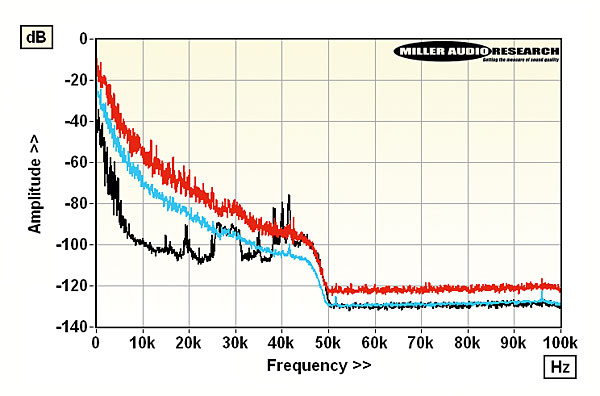
Lab Report
This native 96kHz download avails itself of the potential 24-bit dynamic range and generous ~48kHz bandwidth but there are bursts of ultrasonic spuriae associated with the wind section only on all four movements [black trace]. PM
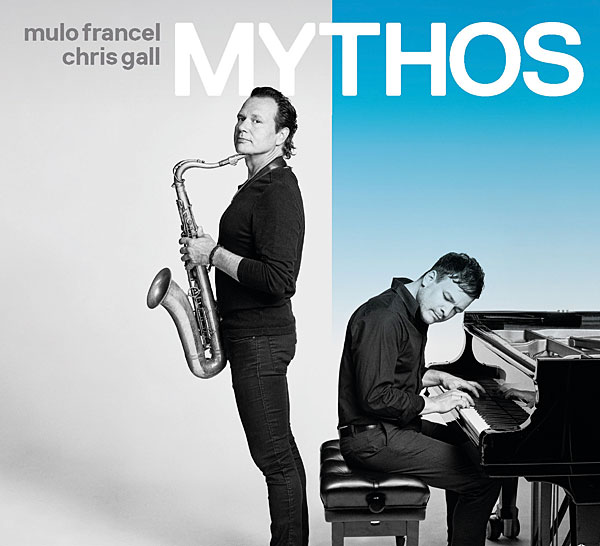
Mulo Francel & Chris Gall
Mythos (96kHz/24-bit, FLAC)
www.chrisgallmusic.com; www.mulofrancel.de; FM 237-2
It's somewhat hard to work out what to make of this album. For a start, these are clearly two very talented musicians, and the subject of much acclaim among Euro-jazz circles, and without a doubt the whole project is well recorded, allowing both Francel's breathy, sinuous sax and Gall's inventive propulsive piano to shine. However, while the set recalls everything from dance beats to shades of Jan Garbarek, the problem is that it's all a bit monotone, with the driving tracks and the more contemplative ones sort of blurring within the listener's mind. Perhaps it's the minimal instrumentation, but I can't help feeling a more traditional ensemble with a conventional rhythm section might inject some more light and shade. The whole album sounds rather samey, highlighting the thought that it might just be a bit too new age/ambient/easy listening. AE
Sound Quality: 80%
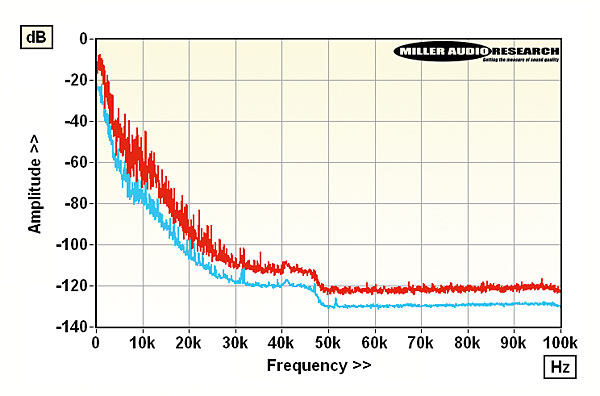
Lab Report
Supplied direct to Hi-Fi News by Chris Gall's PR team (jazzfuel.com) this native 96kHz/24-bit file is more typically available at CD resolution. The full 48kHz bandwidth is well used by Francel's sax to ~35kHz, the piano to ~12kHz. PM
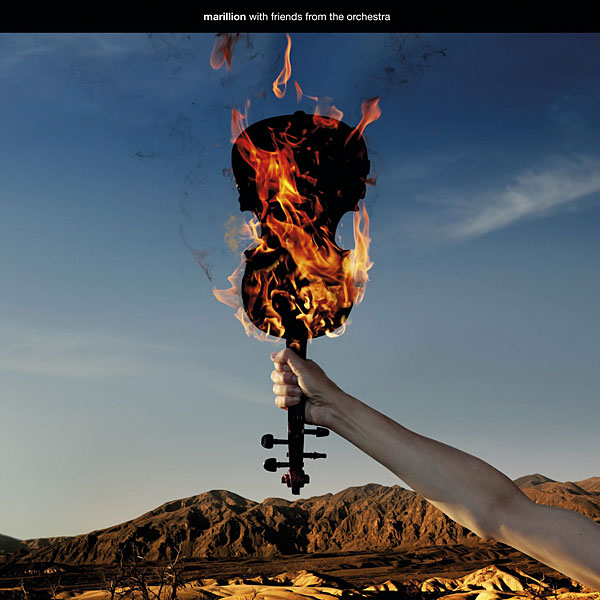
Marillion
With Friends From The Orchestra (96kHz/24-bit, FLAC)*
www.highresaudio.com; earMUSIC 0214551EMU
Just about everyone seems to be hitching up with an orchestra and turning out a greatest hits package, with recent years showing that you don't even have to be physically present – or, in some cases, still alive – in order to do so. So it would have been easy for Marillion to trot out the old music, bang on some fiddles, and cash in, but With Friends From The Orchestra isn't like that. Instead it's an album the band has been touring with of late, in which the lineup is augmented by the In Praise Of Folly String Quartet, Sam Morris on French horn and flautist Emma Halnan. Mainly recorded at Peter Gabriel's Real World Studios [see PM's Lab notes, below], it features tracks from the band's more recent back catalogue, beautifully fleshed out with the new arrangements, and delivered with a rich, open sound quality. One for the fans? Perhaps, but will appeal beyond that. AE
Sound Quality: 80%
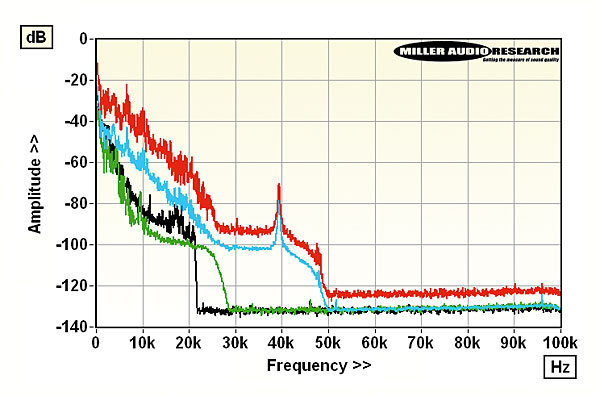
Lab Report
Track 1 has the spectral bandwidth of a 96kHz file, albeit with a spurious 39kHz tone. The other tracks are mixed with variable rate content from 12kHz (synth effects), 44.1kHz (trk 2, black) and, most commonly, 48kHz (trk 8, green). PM
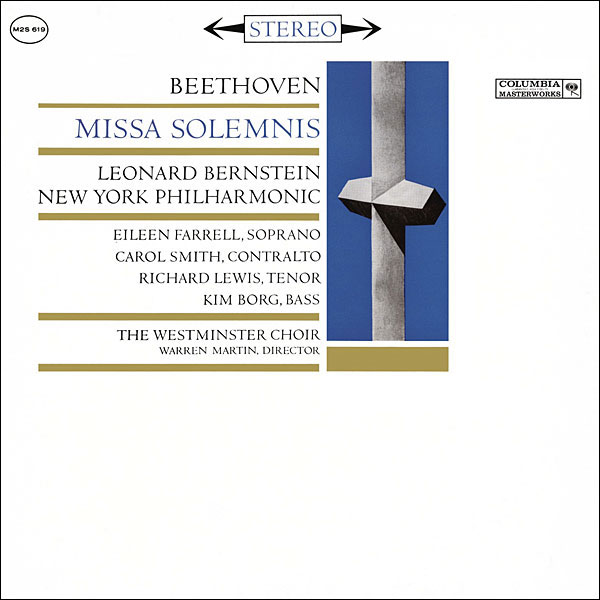
NYPO/Leonard Bernstein
Beethoven: Missa Solemnis (192kHz/24-bit, FLAC)
www.highresaudio.com; Sony G0100041667683
Sony has been remastering at 192kHz the Beethoven Symphony recordings Bernstein made in New York (rougher, but more vital than his VPO/DG remakes). His Missa Solemnis was our first stereo LP set, in 1962, facing competition from Austro-German conductors Böhm, Klemperer and Karajan. It had a white-heat commitment, with an impeccable quartet of soloists, Eileen Farrell, Carol Smith, Richard Lewis and Kim Borg (up front and widely spaced), and the lusty Westminster Choir. The engineering too was excellent for its day, if coarsening at full volume; even so it was better balanced than the 1978 Bernstein/DG remake. Solo violinist John Corigliano is discreetly set in the Sanctus [trk 15] – taken unusually slowly, in contrast with the choral 'Hosannas' [trk 14]. The download comes as 18 tracks – too many, perhaps? – but there's no PDF booklet. CB
Sound Quality: 80%

Lab Report
Remastered at, or at least released as, a series of 192kHz files, the original analogue tape would not have possessed a useable bandwidth much beyond 30kHz, as we see here. Note spurious tones at 54kHz, 58kHz and 93kHz. PM


